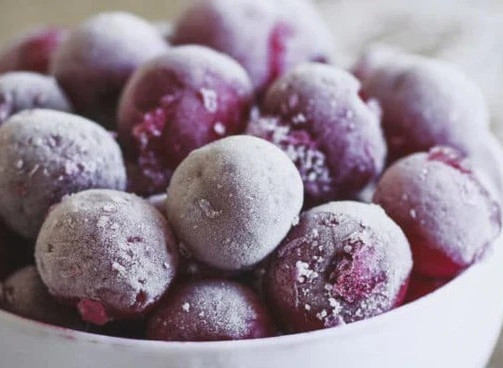An off-season cold wave has severely affected cherry and apple crops in Turkey, damaging harvests in high-altitude areas and putting pressure on the export market.
Spring 2025 has proven to be anything but mild for the orchards of western Turkey. Between Salihli, Isparta, and Afyonkarahisar, temperatures dropped to between -4°C and -7°C right during the flowering stage, the most sensitive period for cherry and apple trees.
This was reported by Emirhan Şahinöz, export manager at Poleks, one of Turkey’s leading cherry exporters, who emphasized that extreme temperatures have particularly impacted hillside areas and early-blooming plots.
Up to 70% losses in orchards
"The combination of a mild winter followed by a sudden return of cold weather pushed flowering forward, exposing the blossoms to frost risk at the worst possible time," explains Şahinöz.
In some high-altitude parcels, potential production losses have reached between 50% and 70%. Early and mid-season varieties were the hardest hit, while later-blooming varieties in lower plains suffered less, though still significant, damage.
The observed damage ranges from flower browning to fruit set failure, and even the loss of developing fruitlets. Forecasts point to a national production well below average, with serious repercussions for harvest organization and commercial availability.
Export at risk
The frost has disrupted harvest uniformity, creating a mosaic of ripening stages that will complicate export planning. “Even if national volumes for export may appear sufficient, the reality is that it will be much harder to ensure consistent and uniform supply,” says Şahinöz.
The risk includes rising logistics costs, narrower harvest windows, and challenges in meeting commitments to international clients, particularly the most demanding ones.
Poleks primarily exports to Germany, the Netherlands, Scandinavia, and the United Kingdom—markets known for requiring large-caliber cherries, high quality, and long shelf-life. “This year, we may need to reduce the number of destinations we serve, focusing on our strongest, high-margin clients.
Collaboration among producers will be essential to consolidate exportable volumes,” Şahinöz notes.
Prices rising
With reduced availability, a sharp price increase is expected for both top-grade export products and second-tier cherries. “On the domestic market, wholesale prices could rise by 30–50%, depending on the variety and production area,” estimates Şahinöz.
Pressure from national retailers and the need to ensure at least some continuity in supply will drive part of the production toward internal channels, despite quality fluctuations and rising costs.
A short and selective season
For 2025, expectations are clear: a shorter, more difficult, and less uniform season. “More rigorous field selection will be necessary, likely reducing labor productivity.
However, thanks to rising prices and careful planning, we expect to protect profitability,” concludes Şahinöz. The keyword will be flexibility: in sourcing, logistics, and commercial management.
Text and image source: freshplaza.com
Cherry Times - All rights reserved












